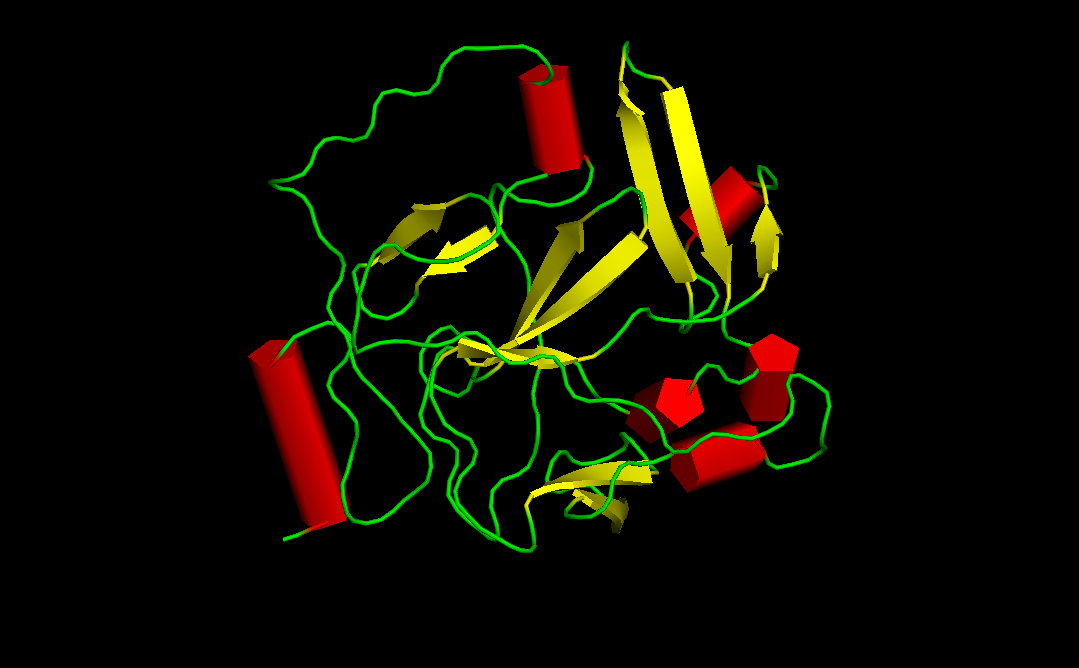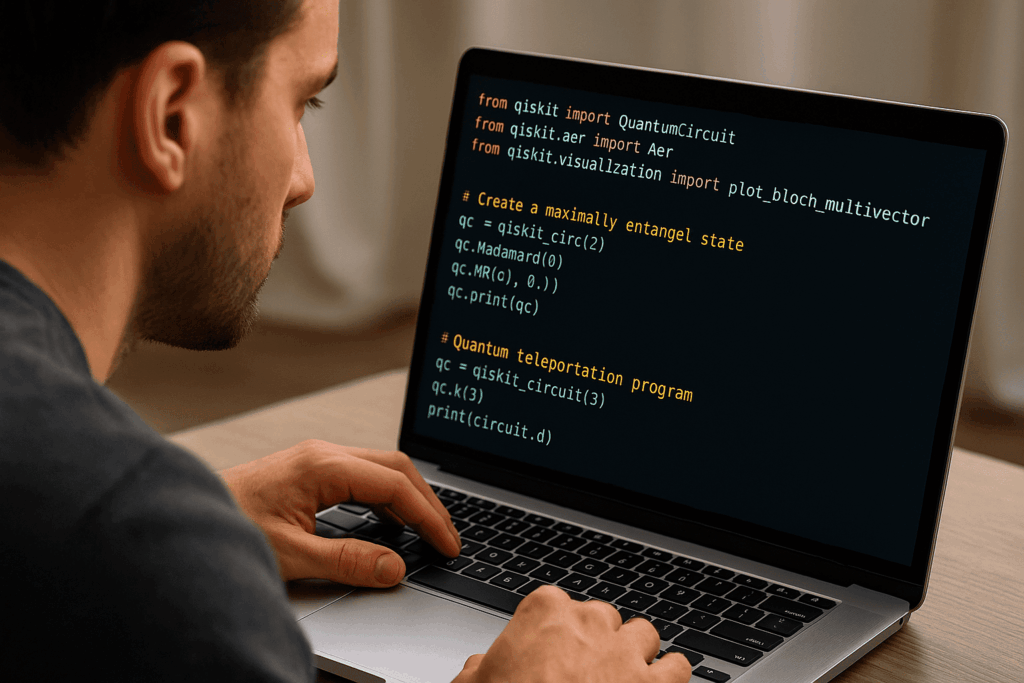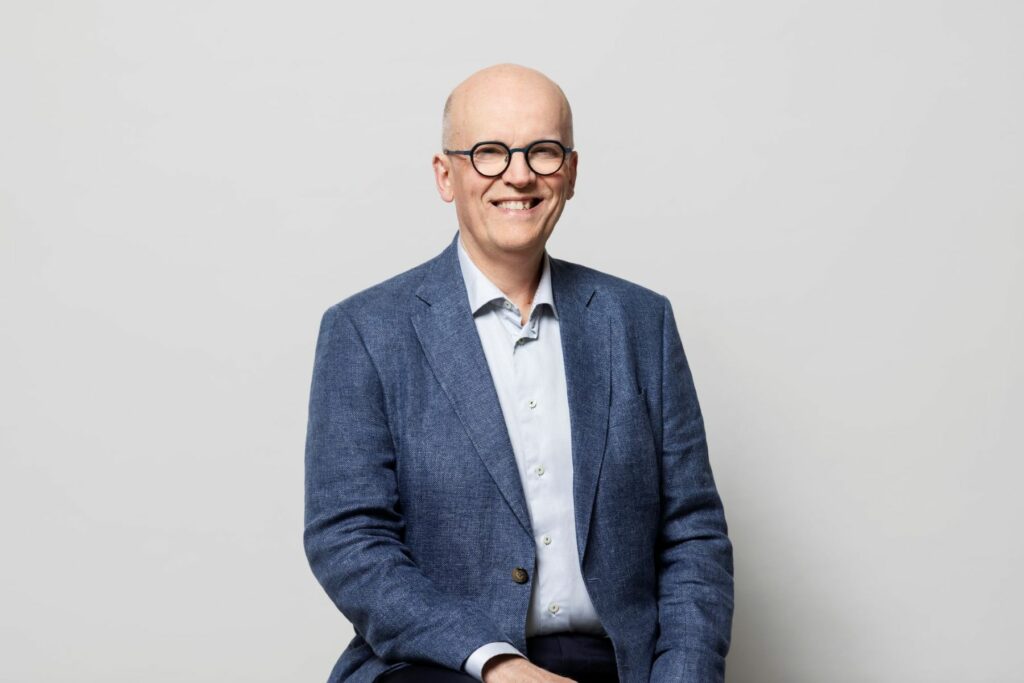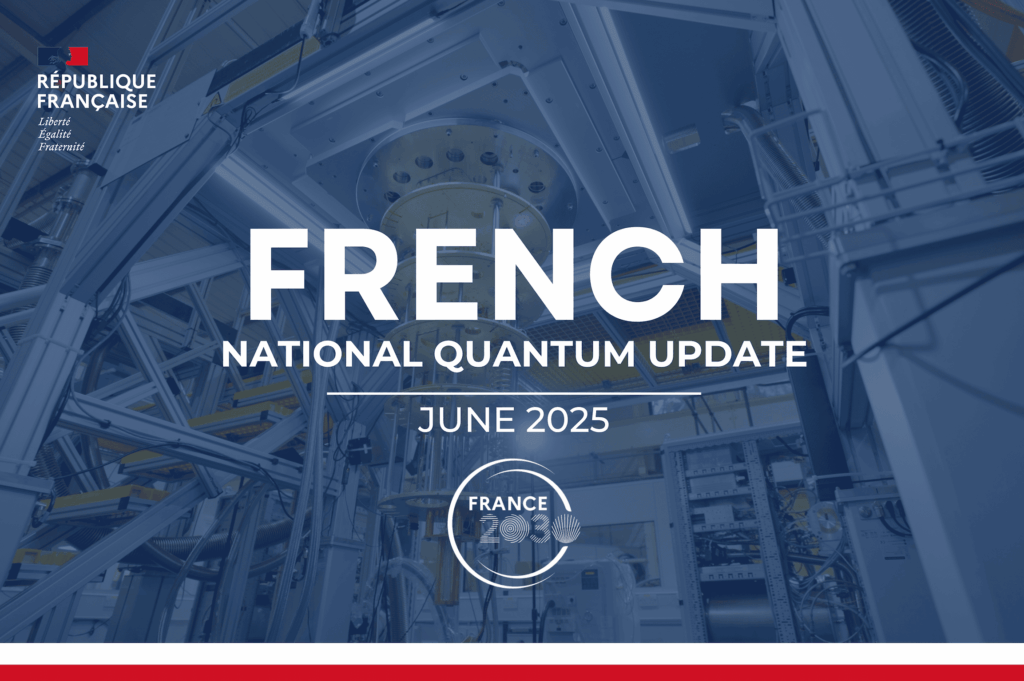A hybrid algorithmic approach using today’s quantum computers may help solve the protein folding problem, according to a team of researchers.
In a study published on the pre-print server ArXiv, researchers say the new algorithm solved the protein folding problem on a tetrahedral lattice using a combination of classical and quantum computing techniques.
The protein folding problem involves finding the lowest energy configuration for a given amino acid sequence, which is an NP-hard optimization problem often encountered in fields such as chemistry, biology, and drug design, according to the researchers. Proteins are important for various functions in organisms and the mechanics of their folding can be important for understanding diseases that are caused by misfolding and could potentially open up new treatments for diseases connected with protein misfolds, like Alzheimer’s, Huntington’s and Parkinson’s.
Because of the computational complexity, classical computers struggle with the folding problem for proteins with their complex, subtly shifting three-dimensional shapes. The researchers suggest that this certain type of complexity makes the problem a good candidate for quantum computation to solve.

The researchers write: “Generally, protein folding is modeled by suitable 2D or 3D lattices, while the amino acids are allowed to be placed such that the interaction energy is minimized. By proper encoding schemes, this problem can be converted into a problem Hamiltonian whose ground state shows the configuration of the concerned protein in the given lattice.”
To address the problem, the researcher’s algorithm uses a quantum circuit called a parametrized quantum circuit (PQC) inspired by counterdiabatic (CD) protocols, in combination with a classical optimization routine for optimizing the parameters of the PQC. The algorithm is tested on proteins with up to 9 amino acids using up to 17 qubits on various quantum hardware platforms, including trapped ions, superconducting circuits from Google and IBM.
The results show that the algorithm has high success probabilities and is suitable for use in the NISQ –Noisy Intermediate-Scale Quantum — era, where quantum computers have limited qubits and are prone to noise.
The team writes: “This work paves the way for implementing problem-inspired ansatz to industrial use cases in the current NISQ era by utilizing digitized counterdiabatic protocols. We believe this quantum algorithm can be extended to other relevant applications.”
Challenges remain, according to the researchers, including the sensitivity toward the initial parameters and the choice of the appropriate CD terms from the adiabatic gauge pool.
They added that surmounting these challenges could lead to the introduction of quantum in real-world uses and even besting the impressive achievement of some of today’s supercomputers in sorting out the protein folding problem.
“We believe this work advances quantum computing, bringing us one step closer to practical quantum advantage, which would have to challenge success in classical computing including the recent AlphaFold achievements,” the team reports.
The team includes researchers from University of the Basque Kipu Quantum, Shanghai University and Basque Foundation for Science.
If you found this article to be informative, you can explore more current quantum news here, exclusives, interviews, and podcasts.

















